The Most Common Types of Mooring Lines and Their Best Applications
In this article, we’ll explore the most common types of mooring lines used in maritime environments, highlighting their main features, strengths and weaknesses, and ideal applications.
Whether it’s at your local lake marina or the largest shipping ports and naval stations in the world, mooring lines are a crucial, yet overlooked, part of maritime operations, serving as the first and last line of defense against unwanted movement.
However, many people don’t know that there are multiple types of mooring lines made from different types of material, each of them with their own advantages in terms of strength, stretch, durability, and handling.
But choosing the right mooring line isn’t as straightforward as it might seem. With various materials and performance characteristics, the effectiveness of a mooring system depends heavily on selecting the correct type of line for the specific application.
In this article, we’ll explore the most common types of mooring lines used in maritime environments: nylon, chain, polyester, polypropylene, HMPE (High Modulus Polyethylene), and wire.
For each, we’ll highlight their main features, strengths and limitations, and the environments they’ll perform in best.
Whether you’re a Dockmaster, Ship Crew Member, Offshore Engineer, or a Safety Manager, understanding the right mooring line for the job is essential to ensuring safety, efficiency, and longevity in marine operations.
- What are Mooring Lines?
- What are the Different Types of Mooring Lines?
- What Factors Influence the Choice of Mooring Line?
- Are There Any Downsides to Using Mooring Lines?
- What is the Price Difference Between Each Mooring Line?
- Why are HMPE Mooring Lines Becoming More Popular?
- What are the Best Applications for HMPE Mooring Lines?
- What Maintenance and Safety Considerations Apply to Mooring Lines?
- Final Thoughts
What are Mooring Lines?
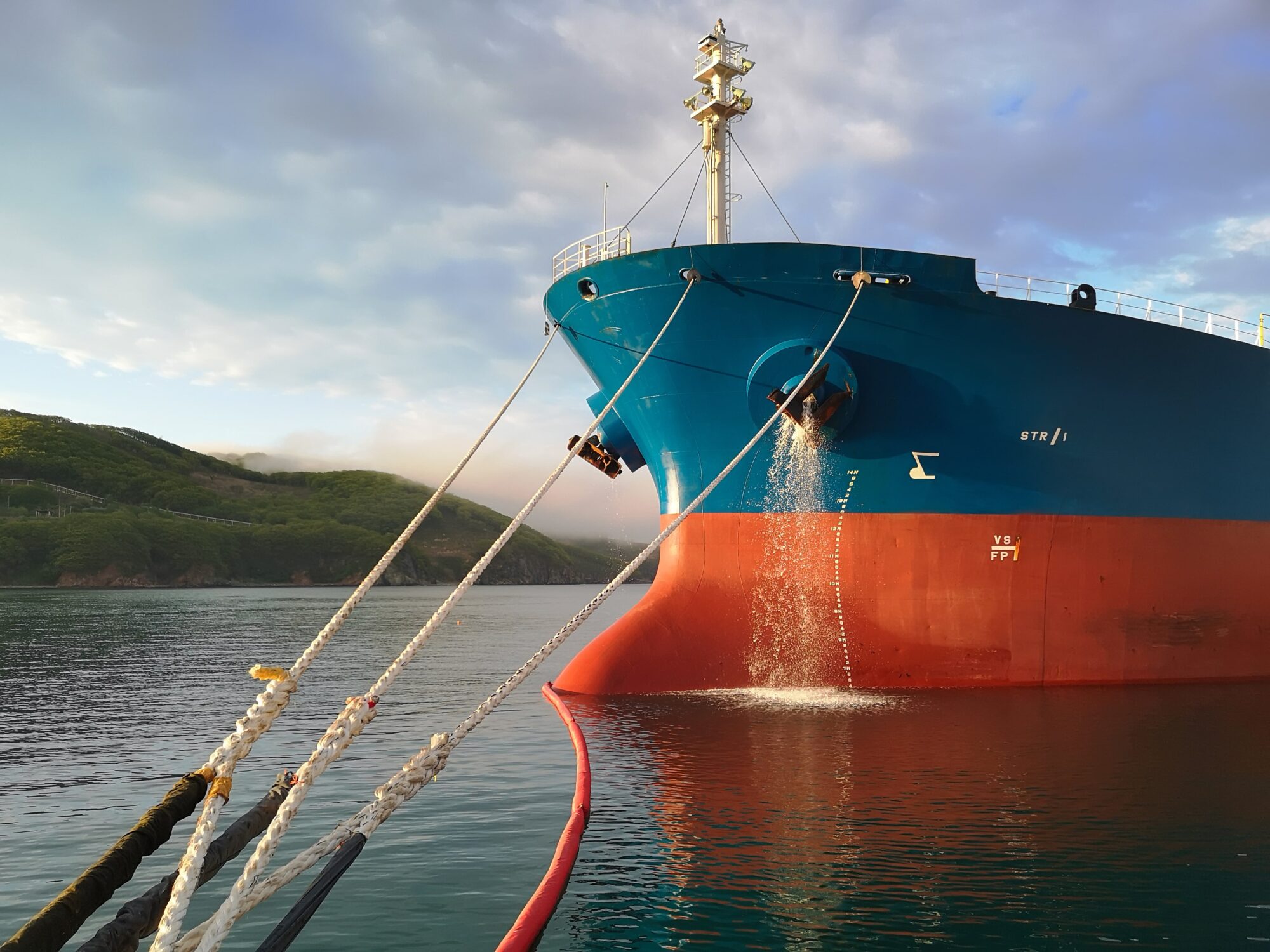
Mooring lines are the ropes, wires, or chains used to secure a ship in place when it is not sailing. They connect a vessel to a fixed structure—such as a dock, pier, mooring buoy, or offshore anchoring point—and prevent it from drifting due to wind, currents, tides, or waves.
Mooring lines ensure ships remain stable during loading and unloading, reduce the risk of collisions or structural damage, and protect both crew and cargo. In offshore applications, like oil rigs or wind farms, mooring systems are even more complex, often operating under extreme environmental forces to maintain position over long periods.
Mooring lines come in various materials and constructions. From traditional rope to high-tech synthetic fibers, each type has strengths and trade-offs depending on how, where, and for how long the line is used.
What are the Different Types of Mooring Lines?
Because of the diverse conditions ships operate in, there are several types of mooring lines.
Nylon Mooring Lines
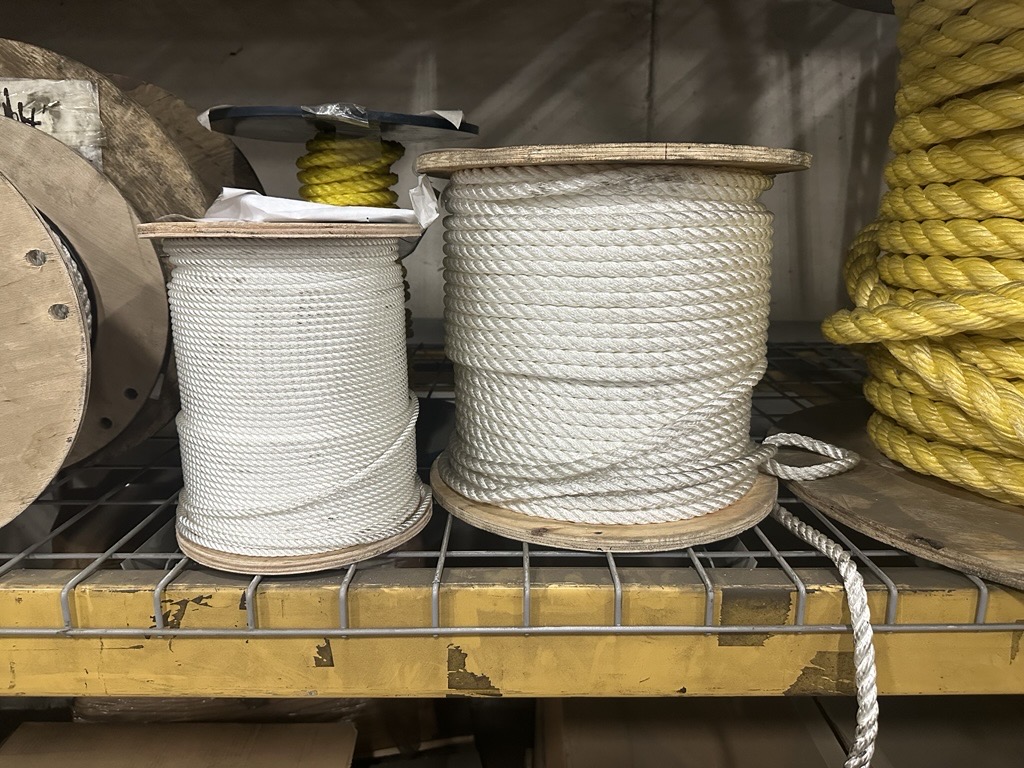
Nylon mooring lines are common in ports and harbors where ships experience frequent motion due to waves or traffic from other vessels. Regarded for their high elasticity, excellent shock absorption, good strength, nylon mooring lines are great for small to mid-size vessels and situations with dynamic loads.
Chain Mooring Lines
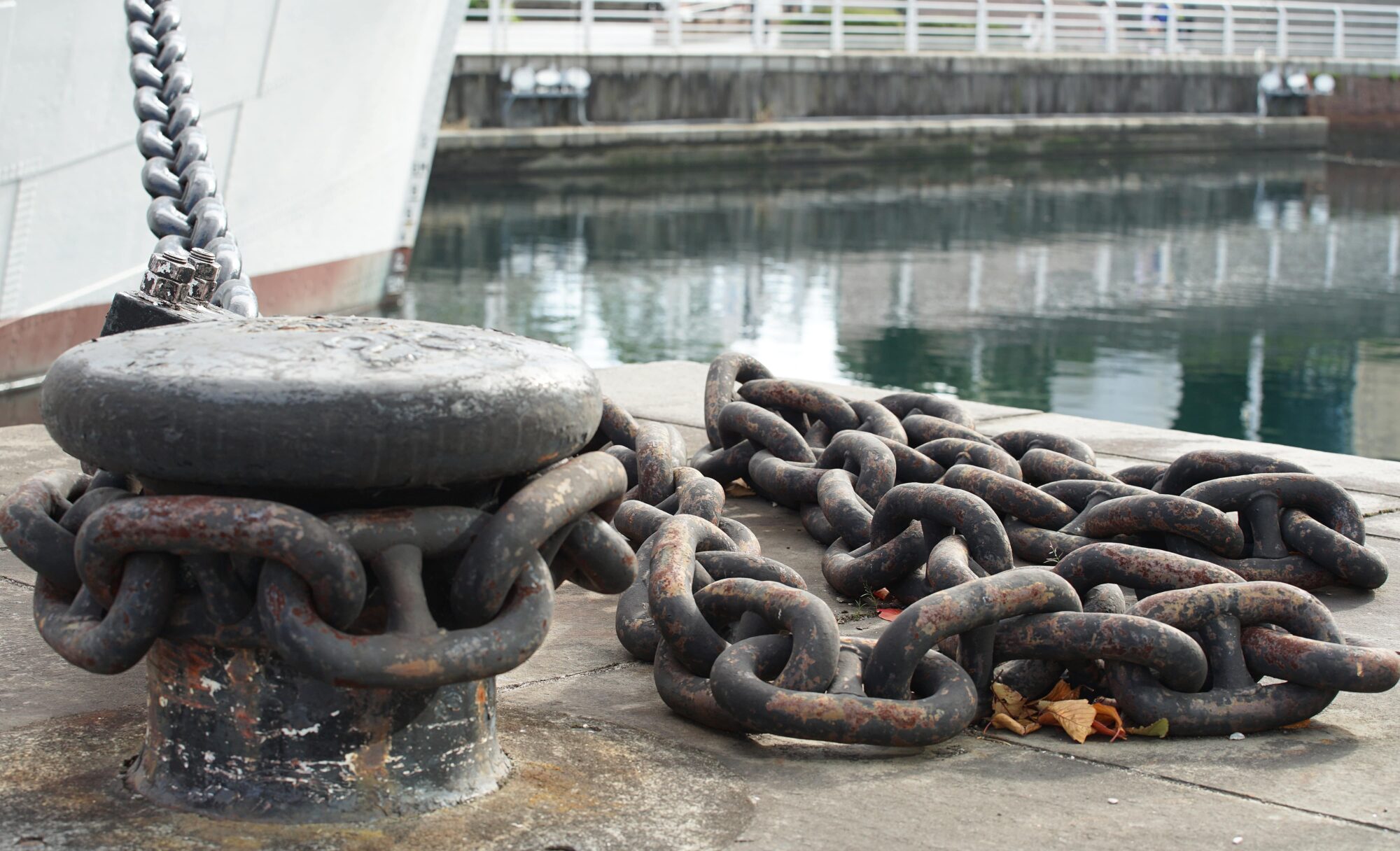
When the average person pictures a mooring line, there’s a good chance it’s a chain. Chain mooring lines are the most common type of mooring line in maritime applications, commonly used in ports with shallower waters and ideal for long-term mooring. Their strong, heavy material gives them low elasticity and added endurance. They are, by far, the heaviest mooring line option out there.
Polyester Mooring Lines
Polyester mooring lines have a low stretch point, high UV and abrasion resistance, and retain their strength when wet. These features make it a great option for long-term mooring and offshoring applications, like floating oil storage vessels or semi-submersible platforms.
Polypropylene Mooring Lines
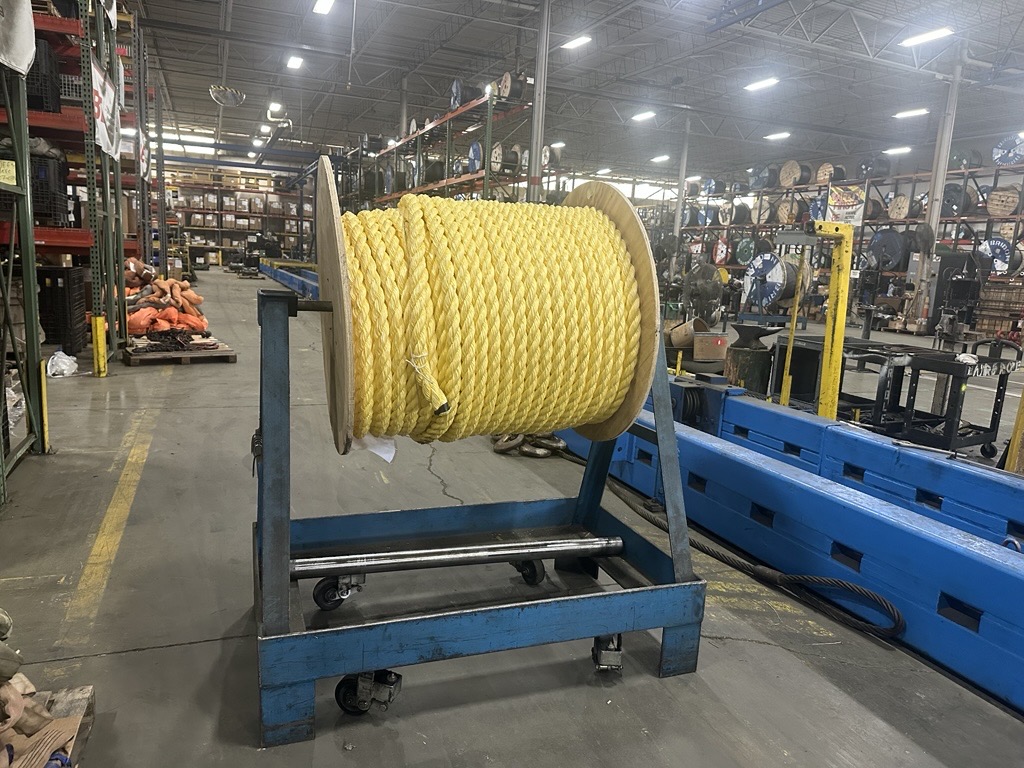
Polypropylene moorings lines are the most inexpensive options, making them popular for lightweight, temporary moorings. They’re incredibly popular in small marinas, inland waterways, and recreational boating due to its buoyancy and ease of handling.
HMPE (High Modulus Polyethylene) Mooring Lines
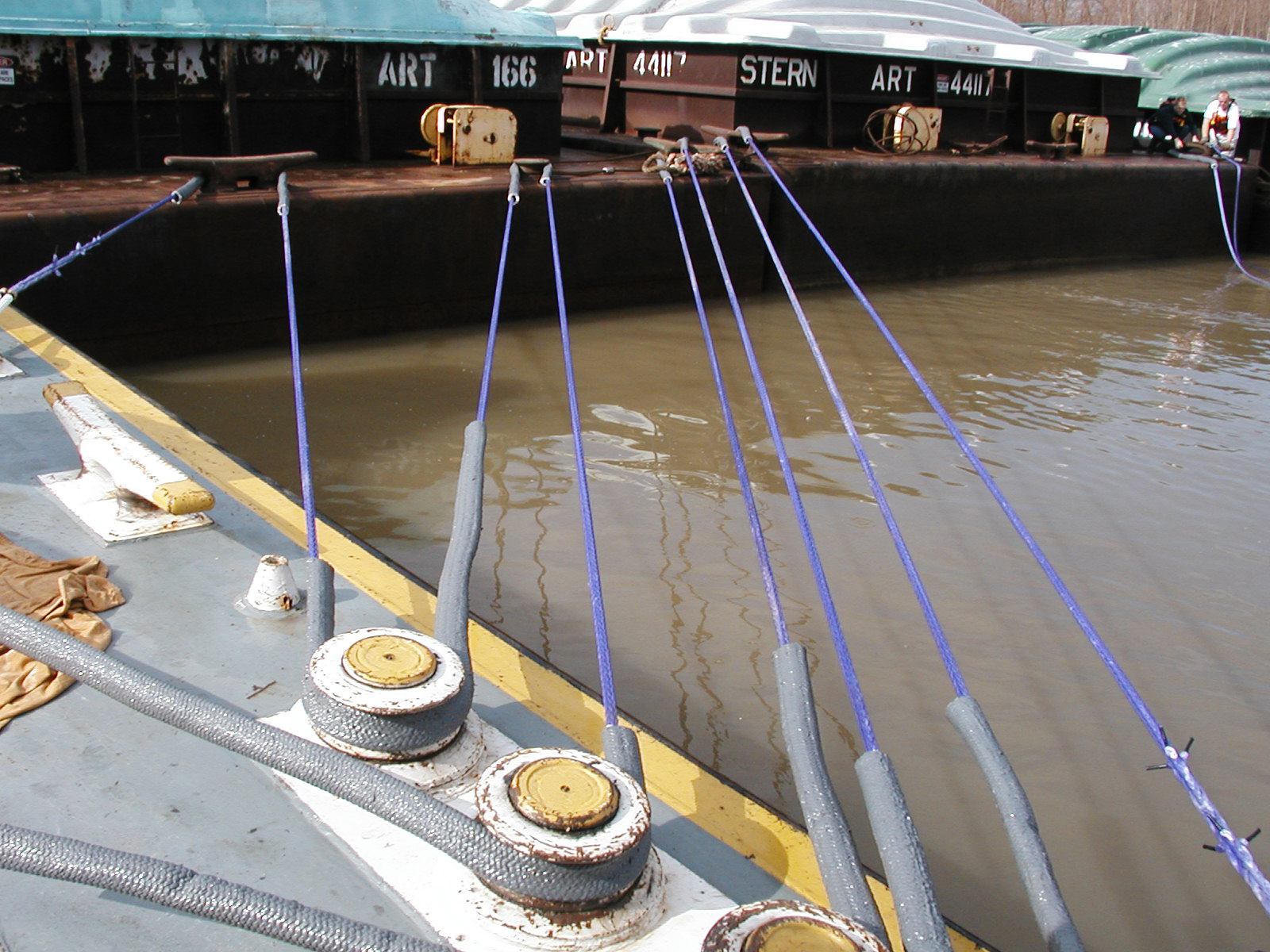
Extremely strong, very low stretch, lightweight, minimal water absorption, HMPE mooring lines have become popular in military applications, high-load industrial applications, and offshore mooring.
Wire Mooring Lines
Wire mooring lines are coveted for their high strength, abrasion resistance, and minimal elongation. They’re commonly used with heavy ships, oil tankers, ferries, and large commercial ships—especially in high-load applications where synthetic lines might break.
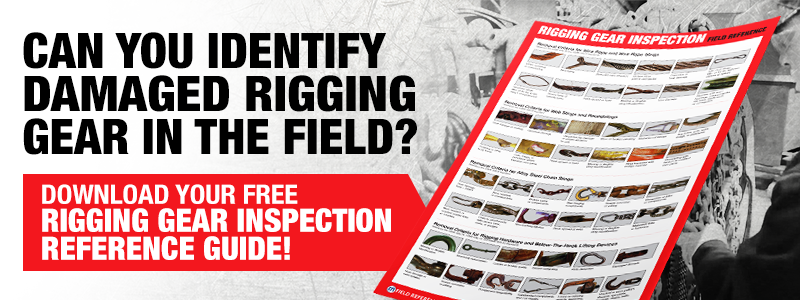
What Factors Influence the Choice of Mooring Line?
Choosing the right mooring line is all about selecting one with the right material and construction for the specific demands of the vessel, location, and operational environment. Several factors determine which type of mooring line will perform best in a given situation.
Environmental Conditions
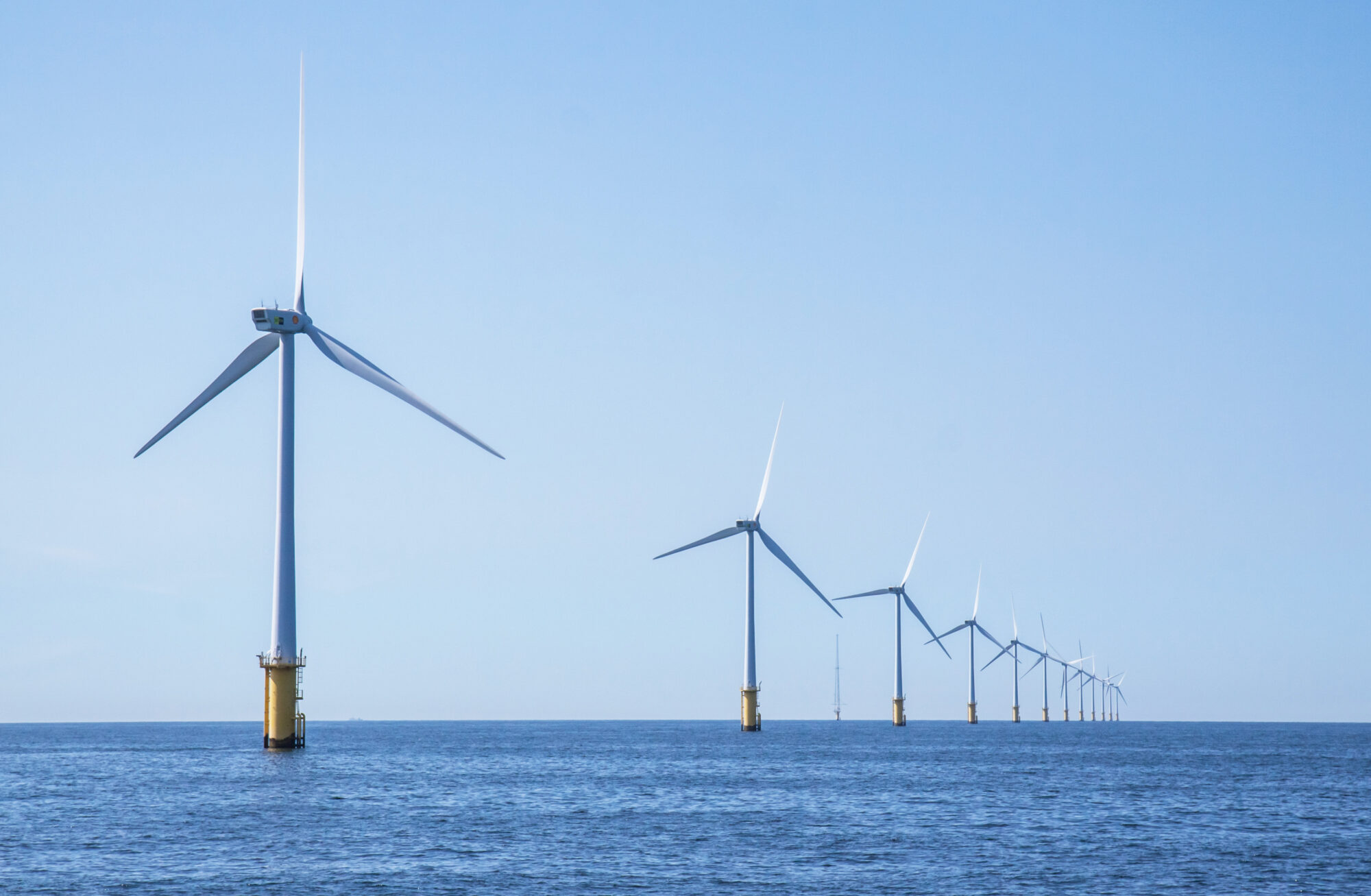
One of the most influential factors is the environment where the vessel is moored. Wind strength, wave height, tidal range, and current velocity all place stress on mooring lines.
At major ports, high-stretch nylon lines are commonly used as spring lines to absorb sudden shock loads, while more static polyester or HMPE lines serve as breast lines to hold the ship steady.
Vessel Size and Type
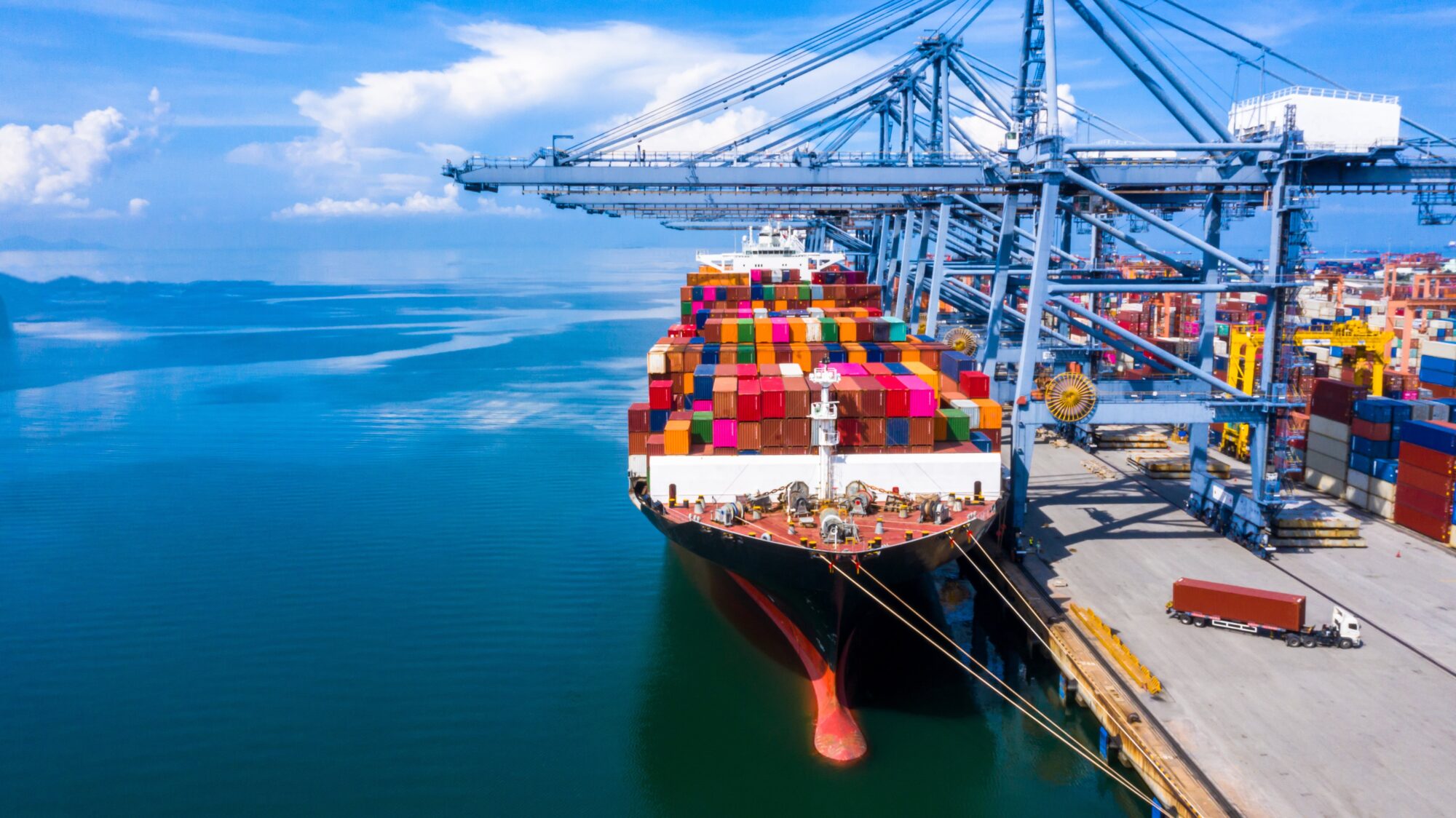
Larger vessels generate greater forces due to their mass and surface area, requiring lines with higher load capacities and durability. Smaller vessels, meanwhile, benefit from lighter, more flexible lines that are easier to handle manually.
For example, an offshore oil platform will probably opt to use heavy-duty synthetic lines like HMPE due to their superior strength-to-weight ratio and minimal stretch.
Mooring Duration
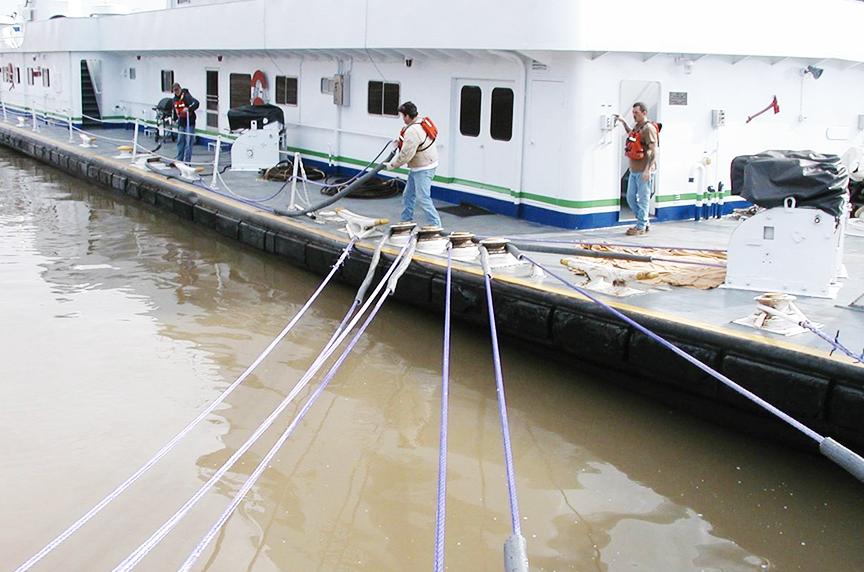
Is the vessel tied up for a few hours or several months? Temporary moorings may allow for lighter, more flexible lines, while long-term or permanent moorings demand greater resistance to UV exposure, saltwater degradation, and mechanical wear. Chain mooring lines will be great for long-term mooring applications.
Handling Requirements
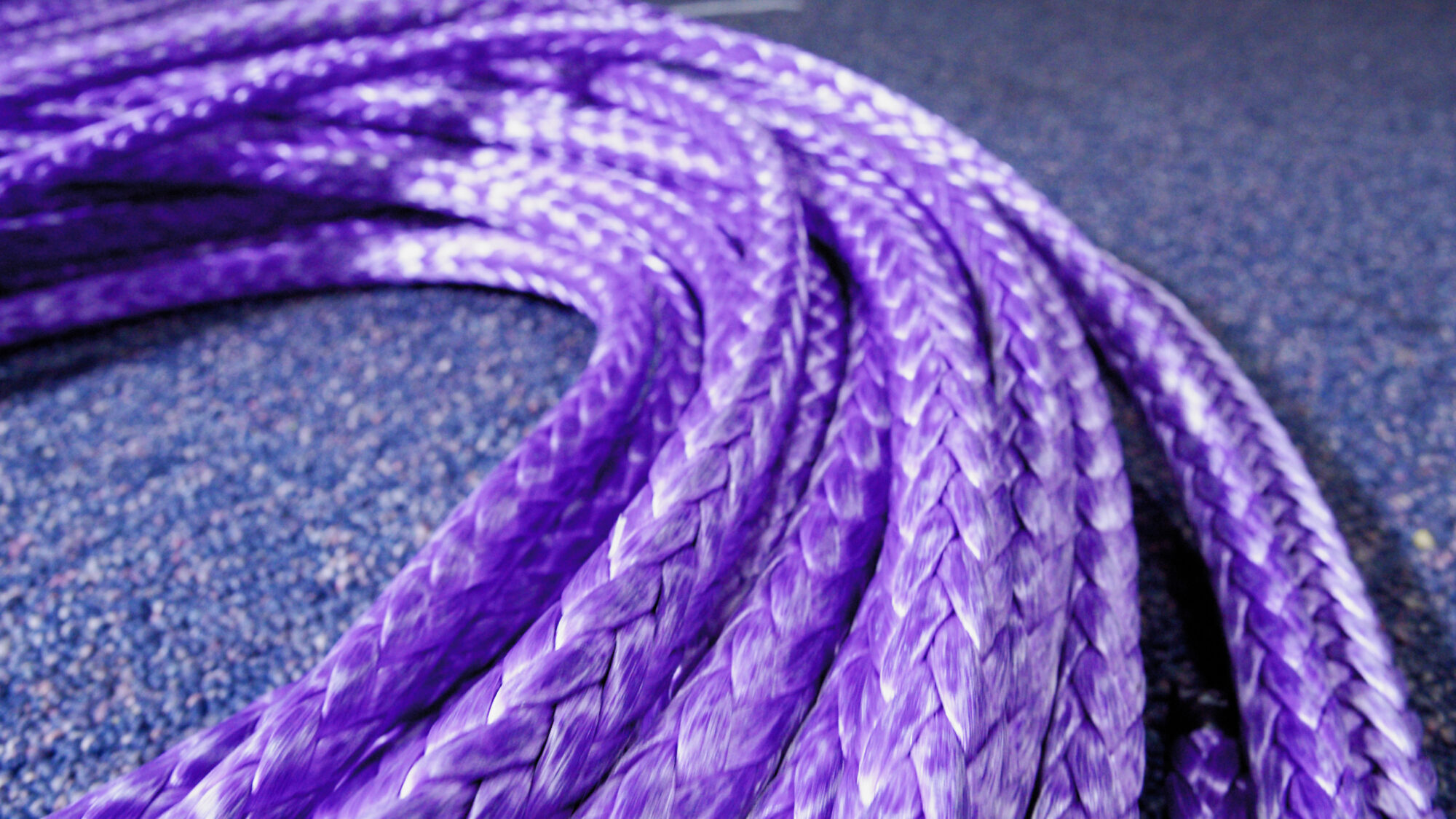
Crews working with limited manpower or in challenging conditions may prefer lighter synthetic lines over heavier wire ropes, even if the latter offers greater strength.
Are There any Downsides to Using Mooring Lines?
One of the more infamous safety hazards concerning mooring lines is when the line “snaps back.” If overloaded, the stored-up energy that builds up before the line breaks causes the mooring line to snap back towards the dock at horrifyingly fast speeds. If a rope breaks, it typically snaps back or past where it was secured. This is called the snap-back zone, and it’s important that workers avoid it while walking around a dock.
All mooring lines, regardless of their material, are able to snap back. However, HMPE and wire rope snap back at lower speeds. Workers can also listen for audible signs of line failure, as the line will make some type of sound when it’s breaking.
Wire rope mooring lines, however, are heavy and more difficult to move around. Also, the frayed or broken wire rope strands can also cause serious injuries to workers.
What is the Price Difference Between Each Mooring Line?
Selecting the appropriate mooring line involves more than just knowing the materials—it’s about aligning performance characteristics with the specific demands of the vessel and its environment. Here’s how you can match the right line to the right job:
- Polypropylene is cost-effective but has limited strength and durability.
- Nylon and polyester offer a good mix of performance and price for general use.
- HMPE is expensive but has the best strength-to-weight ratio. HMPE ropes are ideal for high-value, high-risk applications.
Why are HMPE Mooring Lines Becoming More Popular?
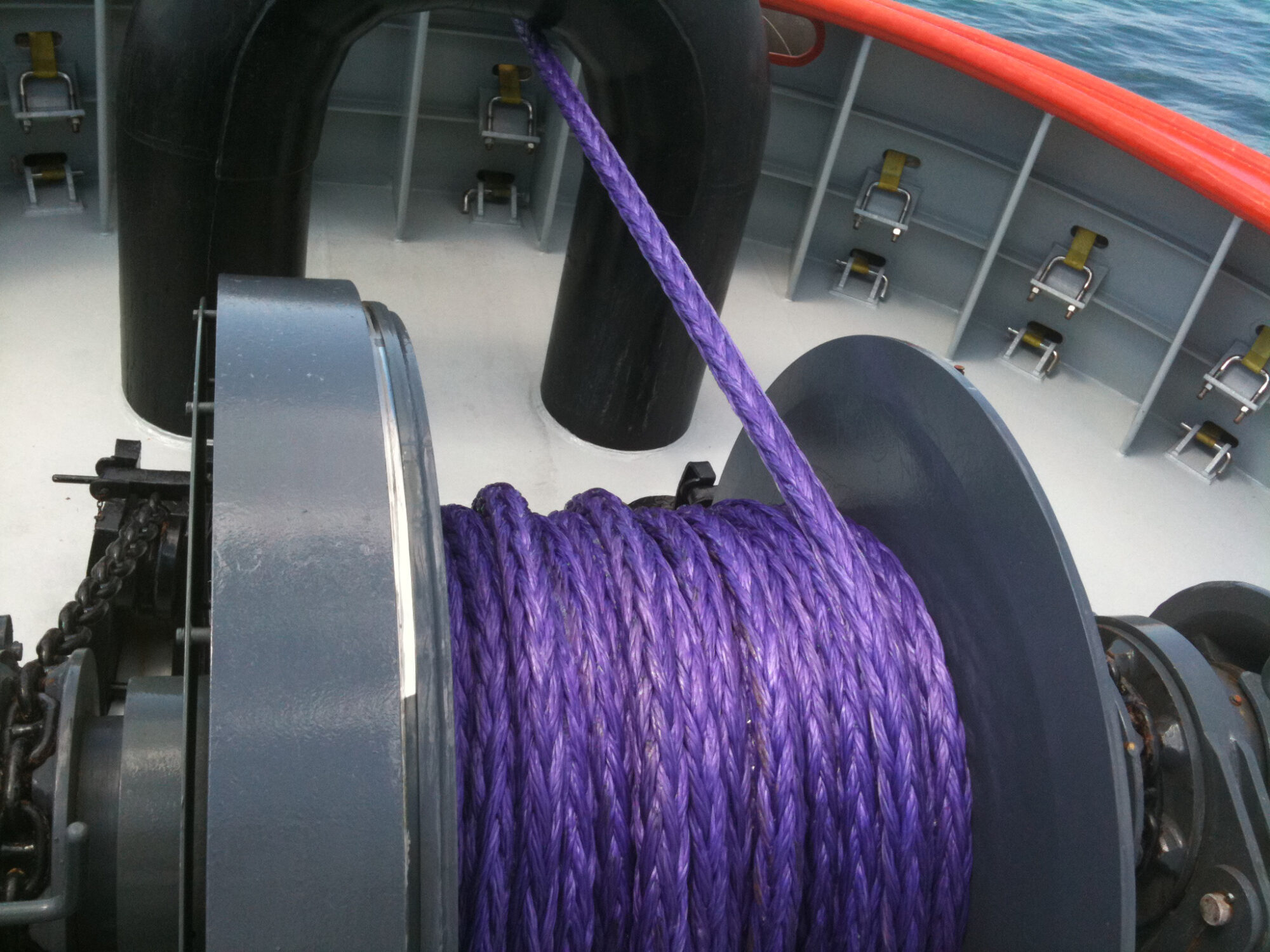
Over the years, High Modulus Polyethylene (HMPE) ropes have been the go-to mooring line choice for many maritime companies. These high-performance synthetic fibers are engineered with exceptional strength, durability, and low stretch, all while remaining lightweight and easy to handle.
Extremely High Strength-to-Weight Ratio
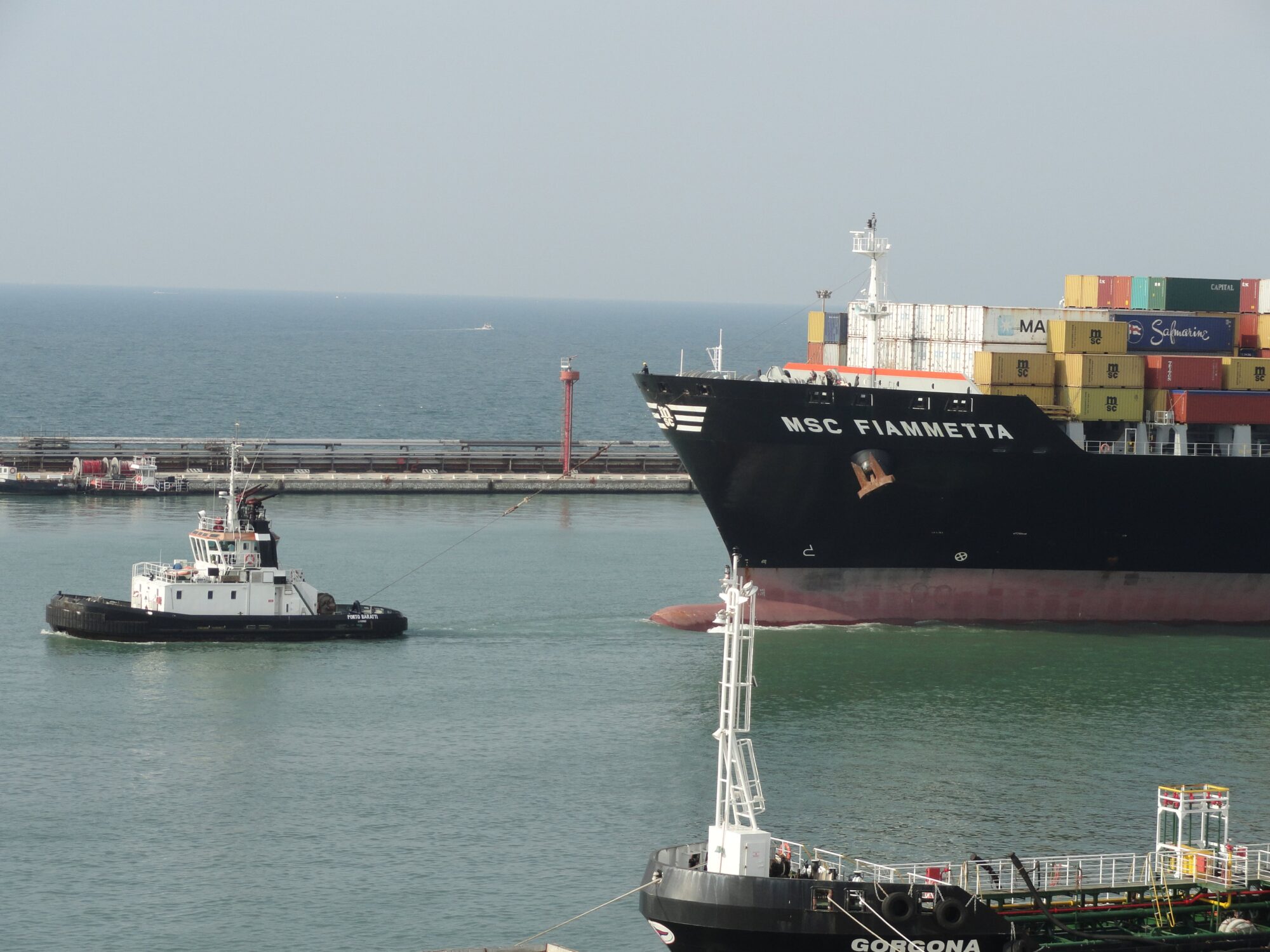
HMPE ropes are as strong as wire rope of the same diameter but weigh up to 80% less. This makes them easier to deploy, retrieve, and transport, especially for large vessels or offshore operations.
Minimal Stretch
Unlike nylon or polyester, HMPE exhibits very low elongation under load. This makes it ideal for precision mooring where position control is critical, such as in dynamic positioning (DP) vessels or offshore floating platforms.
Excellent Abrasion and UV Resistance
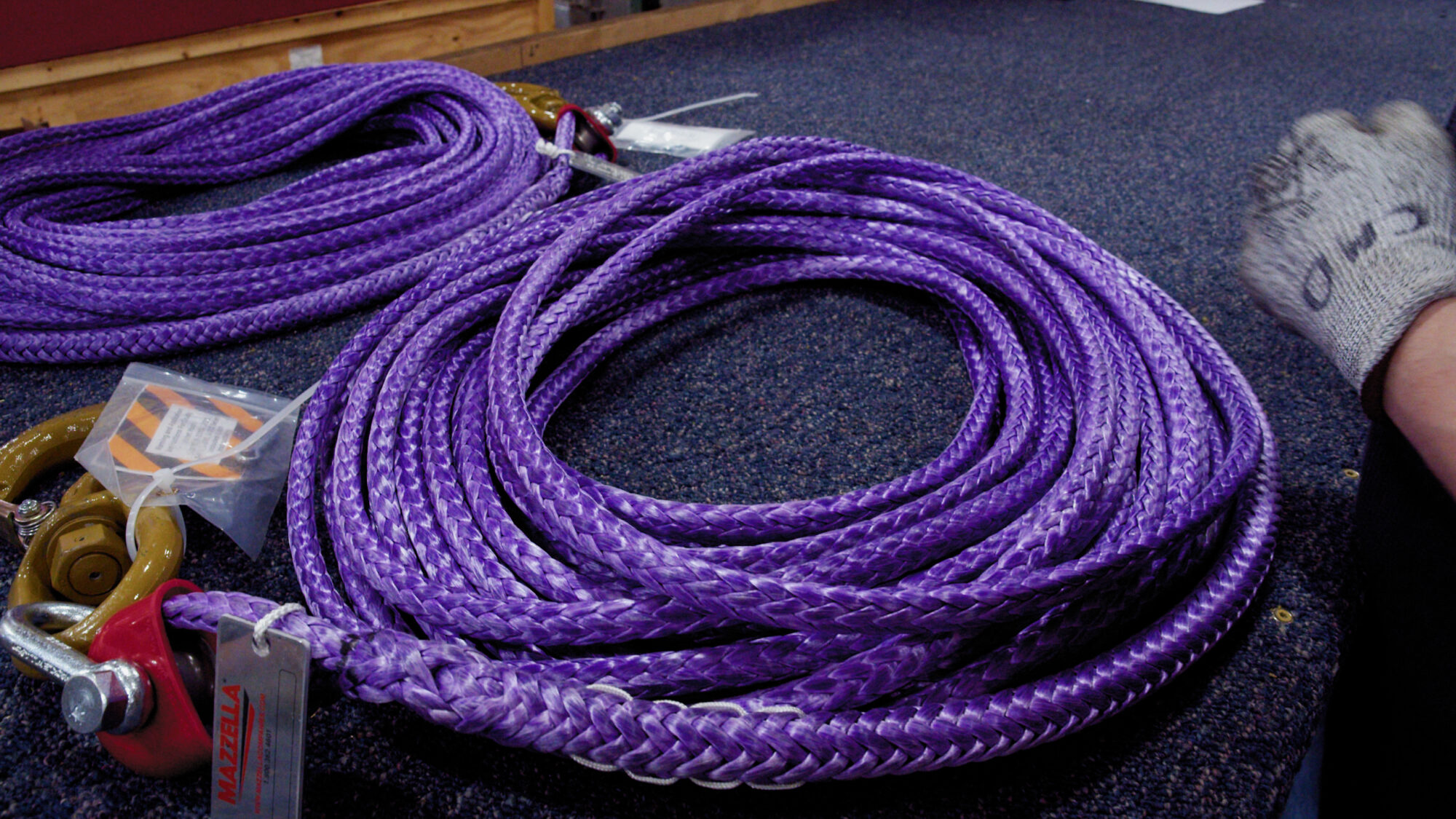
HMPE resists degradation from sunlight, saltwater, and mechanical wear, offering a long service life even in the harshest marine environments.
Low Water Absorption
Unlike nylon, which absorbs water and loses strength when wet, HMPE retains its performance characteristics even after prolonged exposure to seawater.
Low Snapback Risk
Although all mooring lines carry some risk of snapback when under tension, HMPE’s low elasticity reduces the energy released during a failure, minimizing danger to crew when managed correctly.
What are the Best Applications for HMPE Mooring Lines?
Due to their performance characteristics, HMPE lines are commonly used in:
- Offshore support vessels
- Floating production, storage, and offloading units, often in combination with chains or polyester elements.
- Naval and defense vessels
- heavy tug operations and emergency towlines.
What Maintenance and Safety Considerations Apply to Mooring Lines?
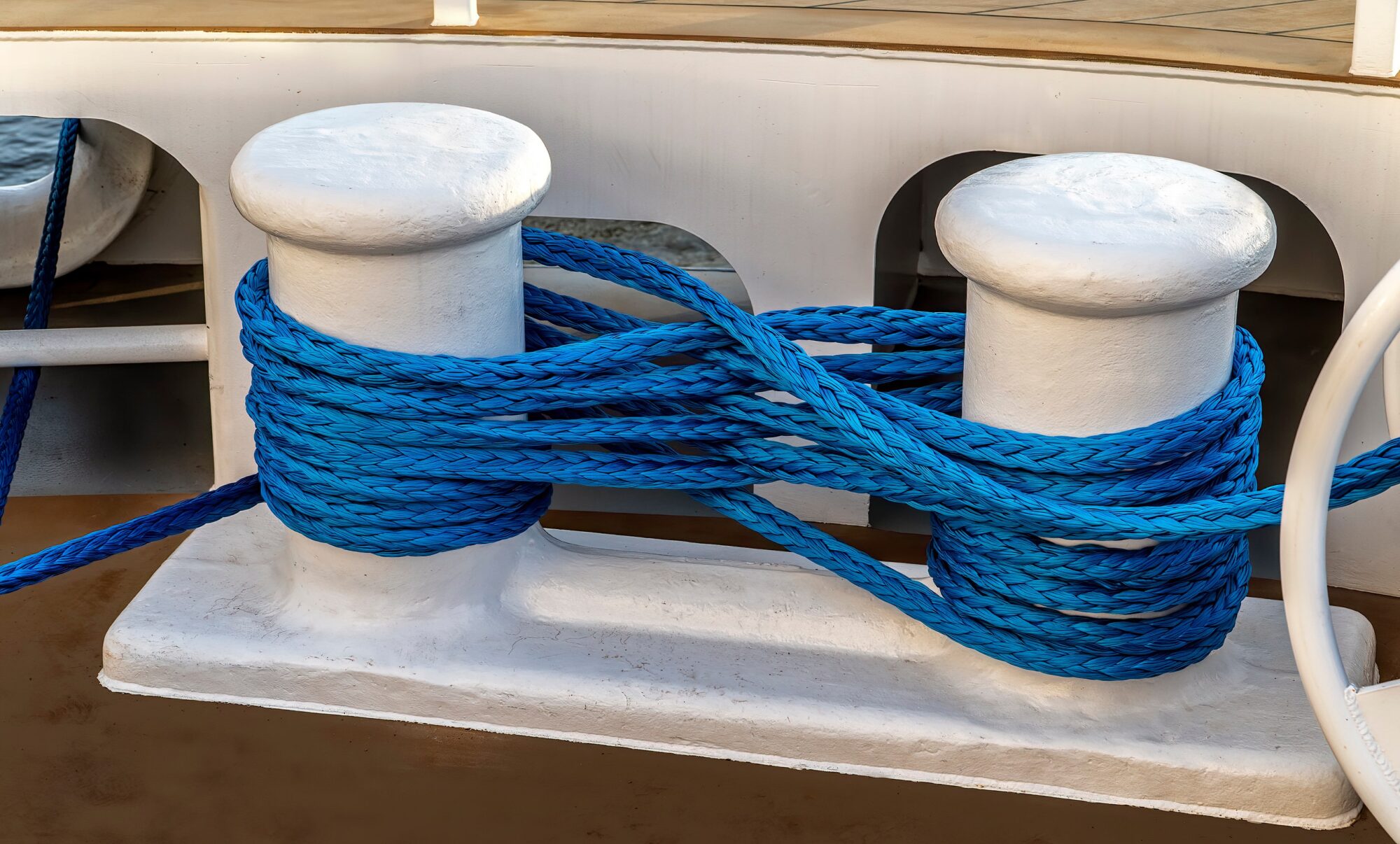
Just like any other piece of rigging equipment, failure to inspect, care for, or store lines correctly can cause failure, leading to a serious injury or vessel damage. The main safety guidelines concerning mooring lines can be found in OSHA 1917.16 – Line Handling. Line handling operations, like most jobs in a marine terminal, can be incredibly dangerous.
While mooring and unmooring ships are routine tasks for maritime professionals, potential hazards exist. However, many can be avoided by following proper safety procedures.
Routine Inspection
All mooring lines should be inspected before use. Those performing the inspection should be looking for signs of fraying, cuts, abrasion, or chemical damage. Especially with synthetic lines, inspectors should keep an eye out for UV damage. Regular tension tests should also be conducted for load-bearing lines.
Safe Handling Practices for Line Handlers
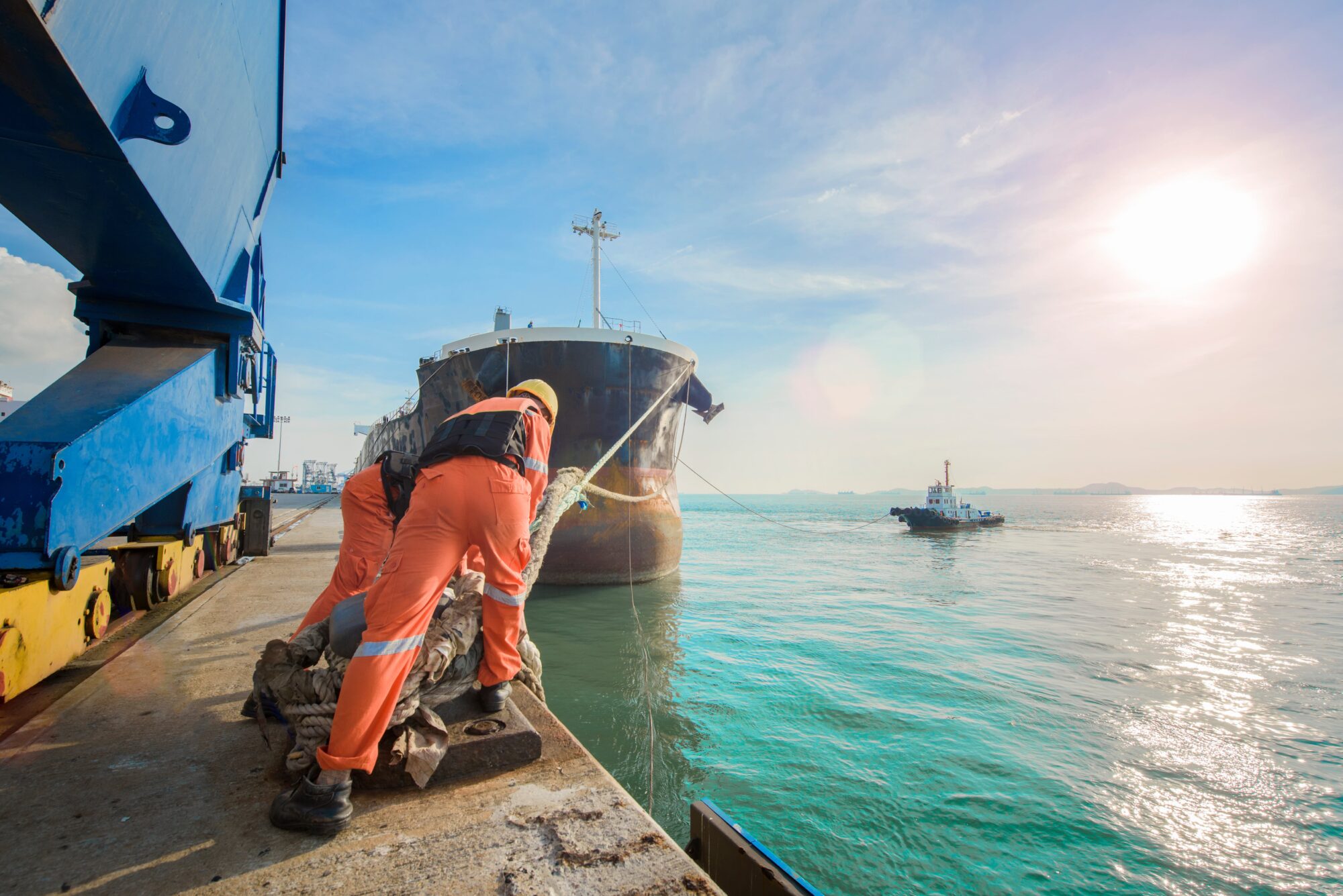
As part of 29 CFR 1917, employers must provide line handlers with the proper personal protective equipment (PPE). This includes:
- Gloves
- Protective footwear
- Head protection
- If operations are done at night, workers need U.S. Coast Guard approved personal floatation devices
Furthermore, cargo or vehicles should not be around during the unmooring and mooring of lines, as this can obstruct the work surface. Workers should also never handle mooring lines alone.
Proper Storage
Proper storage is one of the most overlooked aspects of extending the life of rigging equipment. When not in use, keep synthetic mooring lines stored in clean, dry areas out of direct sunlight. Wire ropes should be stored in well-ventilated areas to prevent rust and corrosion.
Replacement Guidelines
Any lines with visible wear, reduced elasticity, or diminished strength should be replaced as soon as possible. Follow manufacturer recommendations for service life. Employers should maintain documentation of inspections for compliance and record-keeping.
Final Thoughts
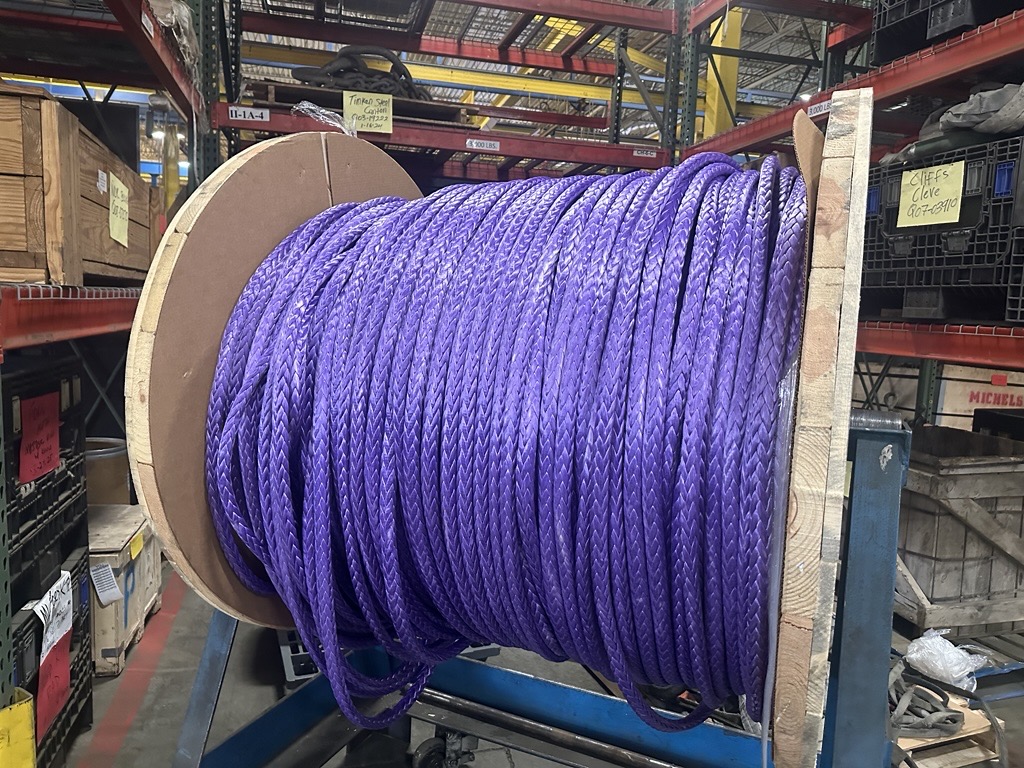
While mooring lines may seem like a basic, mundane component in maritime operations, their role is anything but simple. The right mooring line ensures vessel stability, protects infrastructure, safeguards crew, and withstands a range of environmental stresses.
Making the correct choice means evaluating strength, stretch, long-term durability, handling needs, and environmental demands. Furthermore, regular inspection, proper storage, and a commitment to safety practices can reduce the risk of failure and injuries.
Whether you’re a Dockmaster, Ship Crew Member, Offshore Engineer, we hope this article informed you about mooring lines. At Mazzella, we have decades of experience providing maritime companies and military vessels with top-of-the line mooring lines, as well as cargo nets, stainless steel appliances, fall protection, rigging equipment, and more.
With branches next to some of the largest ports in the United States, we can be a single source for all your material handling needs. Contact one of our Specialists today.
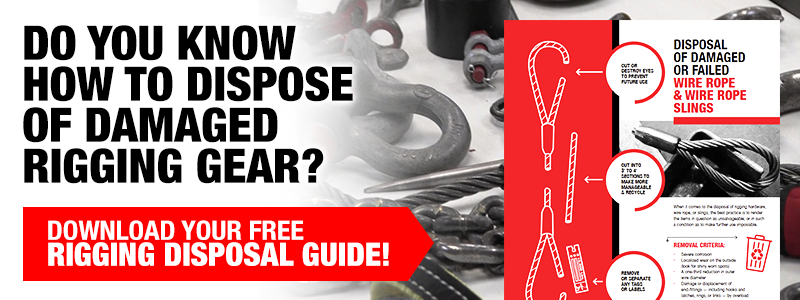
Copyright 2025. Mazzella Companies.
